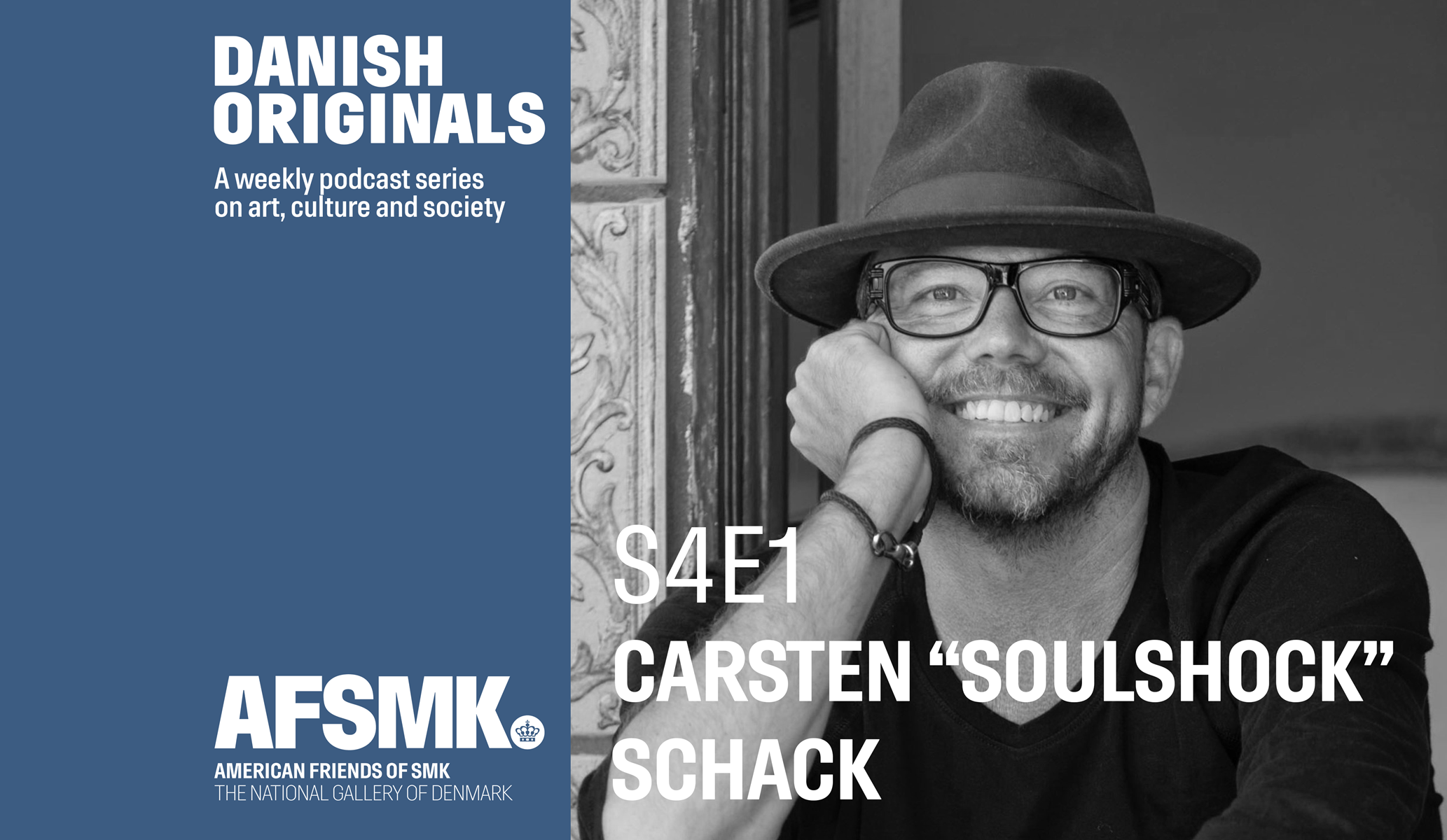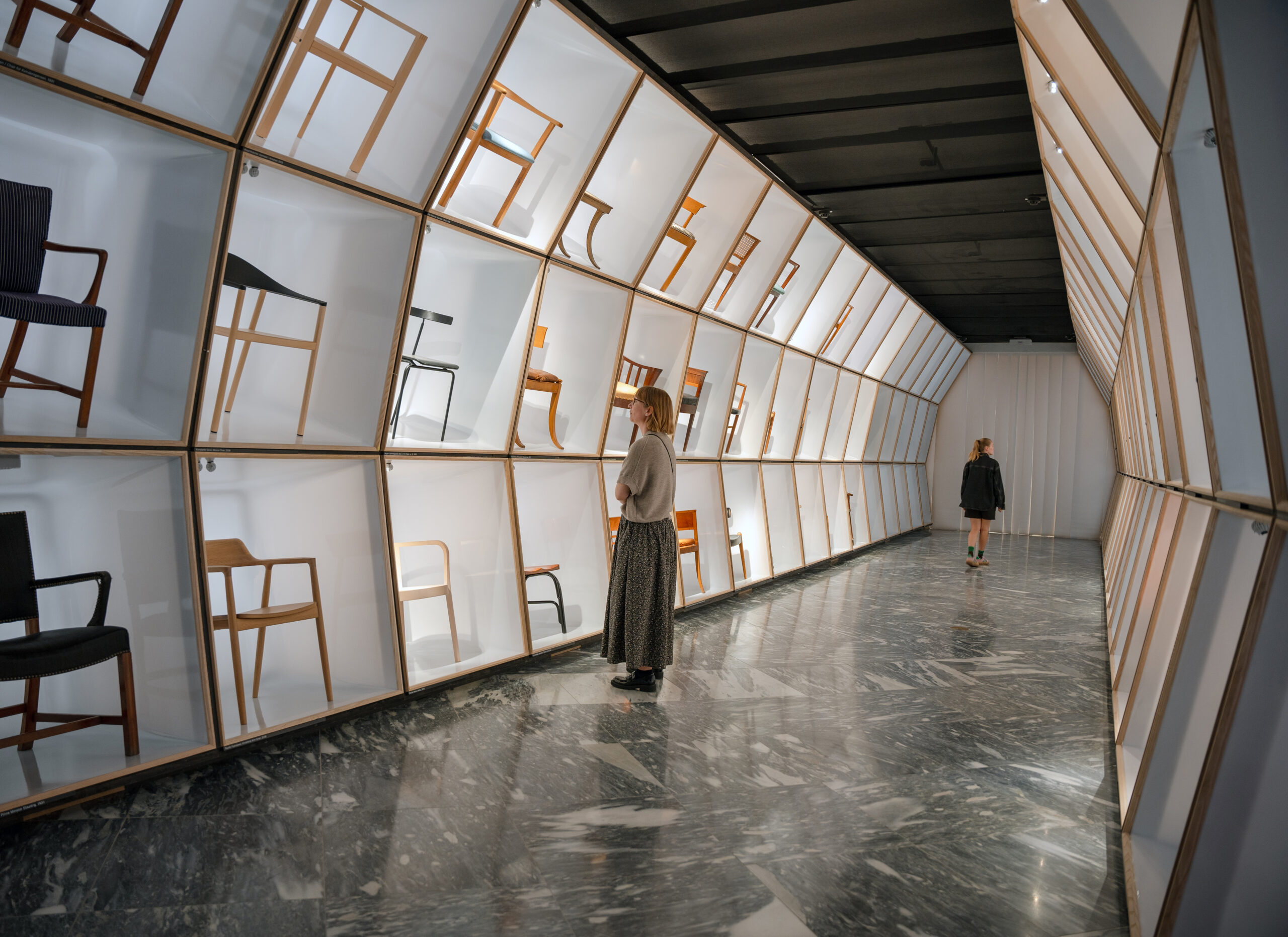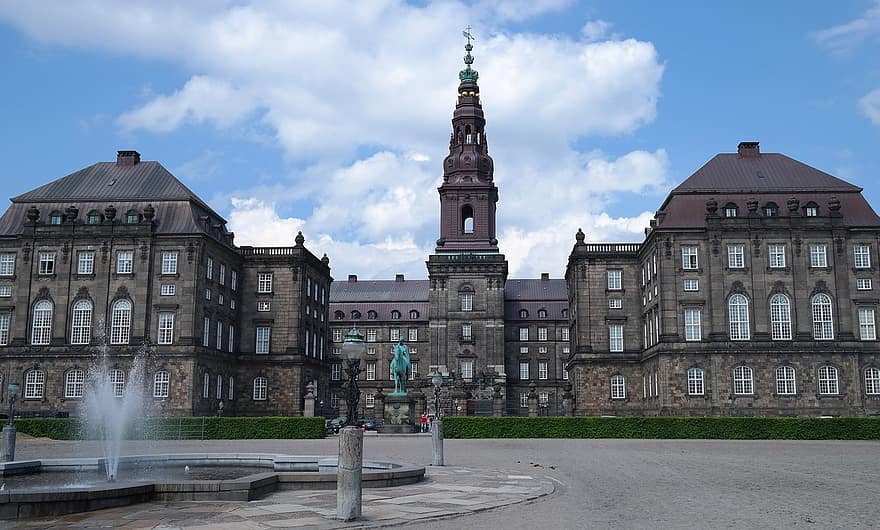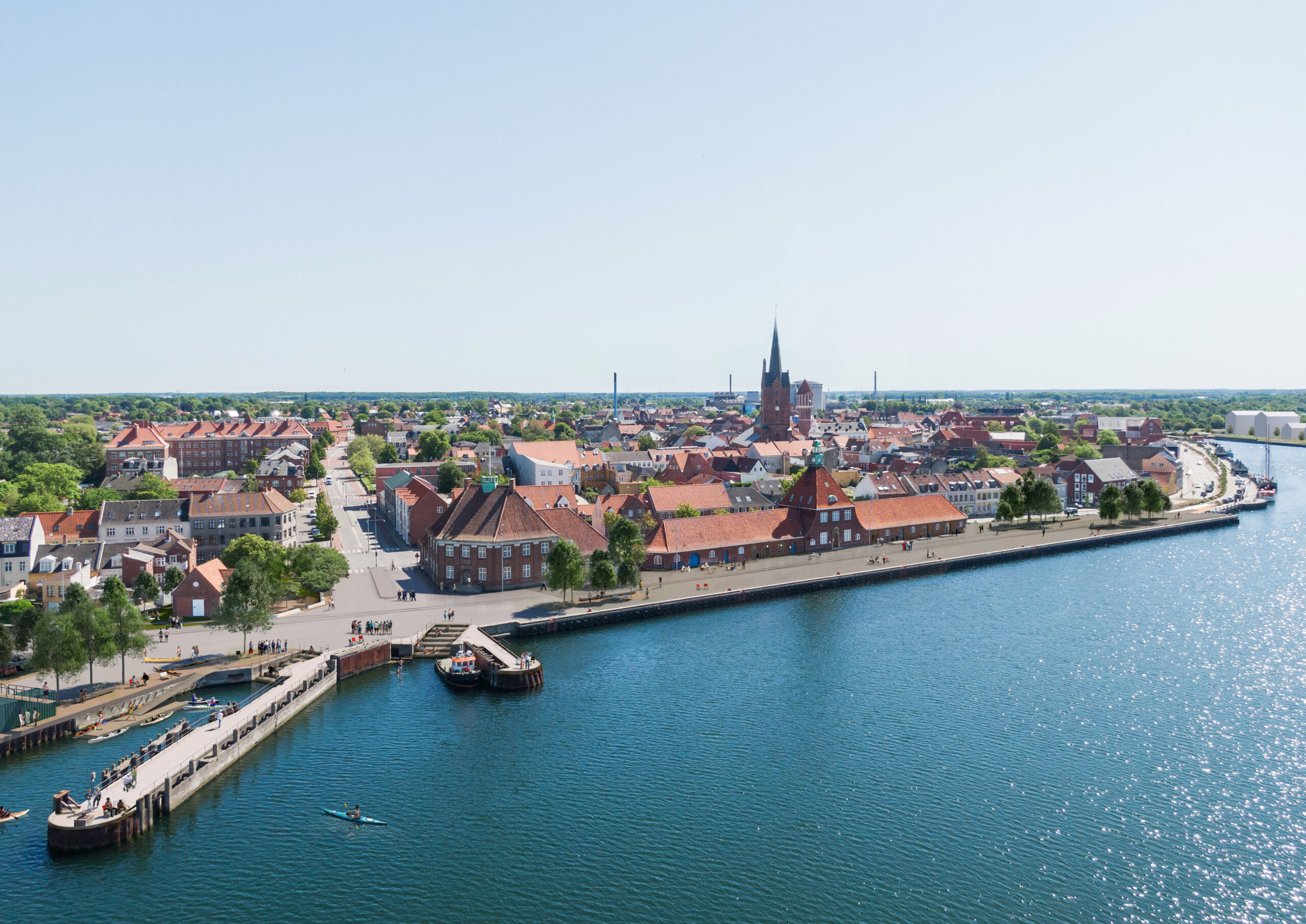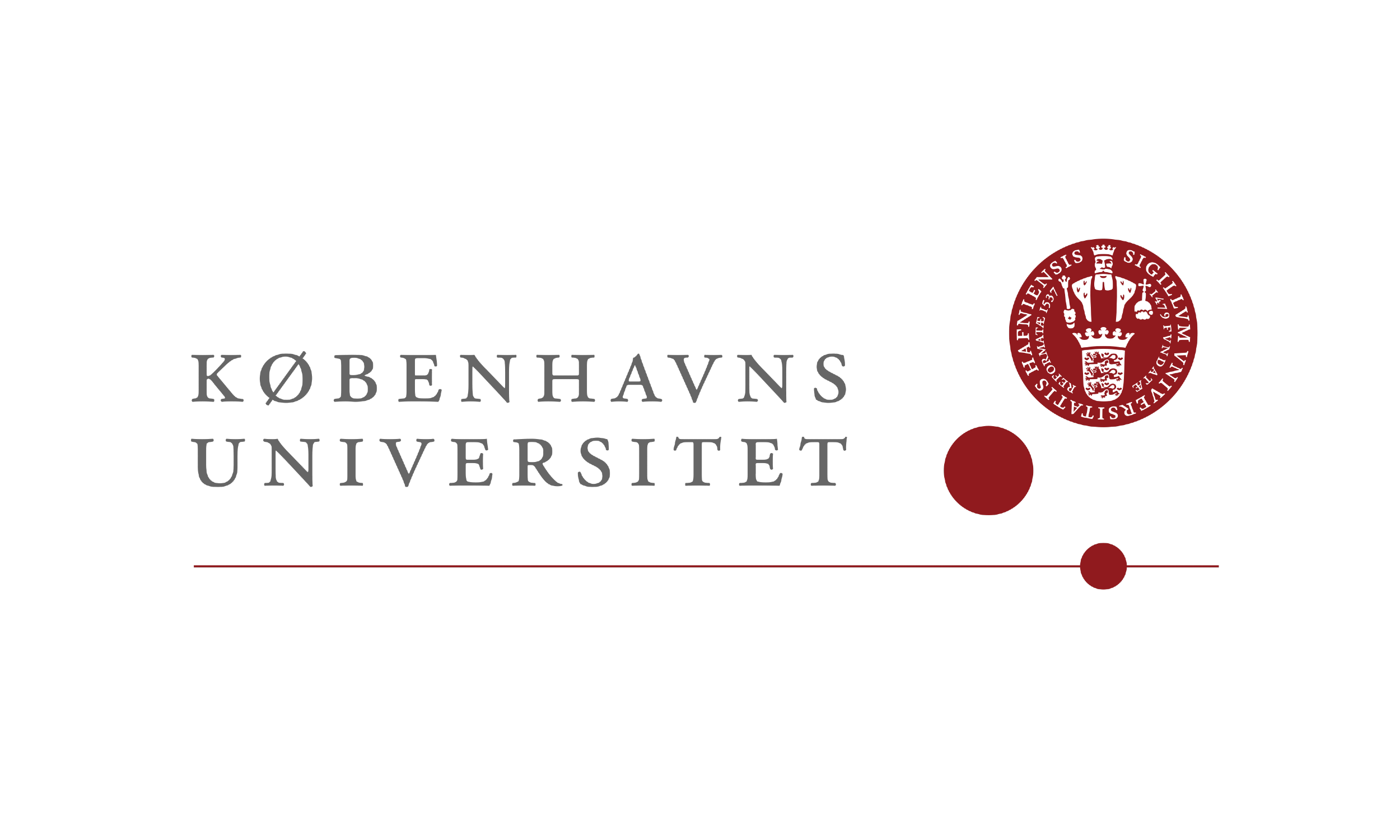For many families – especially in America – Christmastime doesn’t begin before they have been to a performance of The Nutcracker. There are tonnes of different versions of it, spanning endless traditional ones set to Tchaikovsky’s music from 1892, as well as modern adaptations.
When the New York Times’s dance critic, Alastair Macaulay, put himself on what he called a “sugarplum diet” last year and saw around 20 performances of The Nutcracker from coast to coast, he found everything from special Jewish and X-rated Nutcrackers, to one featuring George Washington, and even a gay and lesbian dance-along production. In late December Macaulay concluded: “Too many ballet choreographers are rhythmically too regular and predictable; one of the great pleasures of Balanchine’s choreography is his feel for syncopation and rhythmic surprise. Tchaikovsky’s score is really a smorgasbord of rhythms, but only a few choreographers are wise to this.”
The Royal Danish Ballet has danced various Nutcrackers since the mid 20th century: recently a hip-hop version in 2003 and a bizarre one with lots of mirrors staged by the company’s then principal dancer Kenneth Greve in 2007. To obtain Balanchine’s choreography for his company, the ballet’s current artistic director, Nikolas Hübbe, has allegedly been lobbying the Balanchine Trust since taking over the Royal Danish Ballet in 2008. Hübbe knew Balanchine’s Nutcracker well from being a member of the New York City Ballet since the early 1990s, the company for which Balanchine originally created the ballet in 1954.
While this version has previously been performed in Europe on less than a handful of occasions, Copenhagen is currently the only European city where audiences can see BalanchineÂ’s Nutcracker.
The first act – a 19th century Christmas party in the upper-class household of the Stahlbaum family – becomes the Royal Danish Ballet. The act relies largely on the charm of those company members who aren’t granted that sort of prominence on stage throughout the rest of the year: character dancers (older dancers who no longer perform spectacular jumps and head-turning pirouettes, but take those parts in a ballet that focus on acting) and children (who aren’t strictly members of the company but are pupils at the attached school). Lis Jeppesen shines as the party’s hostess and Pelle Nilsson in the role of her son Fritz doesn’t fail to remind us in admirable detail of the exquisite fun there is to be had in bullying siblings under the Christmas tree.
At the party appears Herr Drosselmeier, godfather to the Stahlbaum’s daughter Marie. He introduces his nephew, produces gifts and entertainment – much to the children’s delight – and presents Marie with a wooden nutcracker. After the party, Marie falls asleep with the present in her arms. But late at night, she wakes up to witness strange happenings in the living room: giant mice scurry into the house that is now being defended by Fritz’s human-sized toy soldiers.
MarieÂ’s Nutcracker leads the soldiers into battle with the mice. But the rodents prove too tough to drive from the field, until Marie throws her slipper at the vicious Mouse King and the Nutcracker slays him. This breaks a spell and turns the Nutcracker into a handsome prince whom Marie easily identifies as DrosselmeierÂ’s nephew.
The young couple glides away on MarieÂ’s bed and the first act ends with them arriving at a scenery that is easily the most visually splendid I have seen staged in a ballet: in a snow storm of brilliance, white confetti, projected spots and members of the corps de ballet all dance as snowflakes to TchaikovskyÂ’s astounding music.
The ballet’s story about Marie, her Nutcracker, their Christmas party and the nocturnal battle they get involved in afterwards is pretty much told by then. This might be the reason why audiences generally prefer the first act to the second. But while this staging’s charm and Anthony Ward’s fabulous setting make for a fetching first act, most of the dancing in Balanchine’s version happens in act two – and how the dancers deliver!
Marie and the prince arrive in the Land of Sweets and are greeted by its matriarch, the Sugarplum Fairy. Susanne Grinder interprets the role with a masterful flirtatiousness and it is adorable to watch Grinder, who last proved her acting talent as the hilarious Ballerina in Jerome Robbins’s The Concert, proudly present her realm of sweets. “I’ve been in many Nutcrackers, but this is my first Sugarplum,” she says. “Balanchine’s steps are eternally musical, so it’s a pure pleasure to dance them. The grand pas de deux is normally very classical like in Swan Lake and Sleeping Beauty, but because this is Balanchine’s version we try to perform it in a less formal way – Balanchine always makes room for some energetic twists and room to stretch and deviate from the formal.”
The second act then consists of very differently tempered dance numbers in which the corps dancers’ performance is especially remarkable. Regarding the soloists, Jón Axel Fransson as the Candy Cane is the most spectacular and Amy Watson dazzles as the Dewdrop amongst her stunningly costumed flowers.
The Nutcracker
Gamle Scene, Kongens Nytorv, 1055 Cph K; ends Thu; performances Fri 19:30, Sat 13:00, Sun 13.00 & 17.00, Tue-Thu 19:30; tickets 95–695kr, very few tickets remain; 45-min intro before performances in the balcony foyer; www.kglteater.dk




